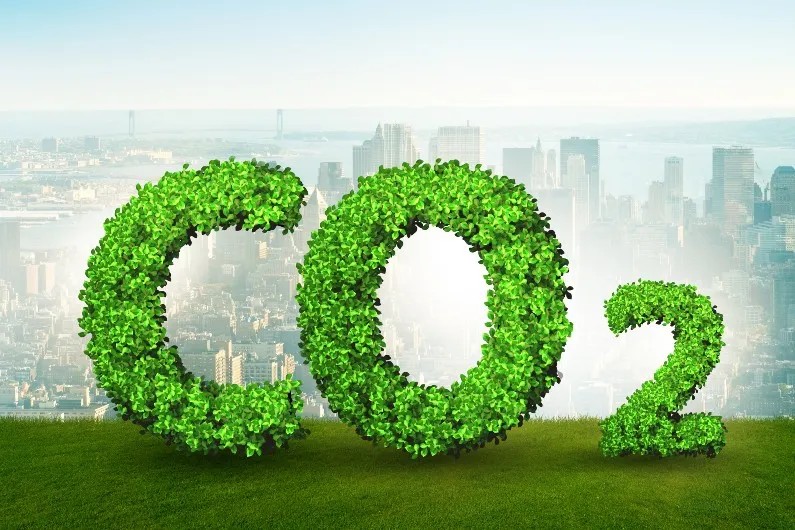Carbon dioxide (CO2), a key component of Earth's atmosphere, transitions from a gas to a liquid under specific conditions. This process, known as liquefaction, occurs at a distinct temperature and pressure. CO2 gas liquefies at -56.6 degrees Celsius (-69.9 degrees Fahrenheit) when subjected to a pressure of 5.1 atmospheres.
Liquefying carbon dioxide involves reducing the kinetic energy of its molecules through cooling, while applying sufficient pressure to facilitate the phase change. This is typically achieved using advanced cryogenic technology that enables precise control over both temperature and pressure.
The ability to liquefy CO2 has numerous industrial applications. In the food and beverage industry, liquid CO2 is essential for carbonating soft drinks and beer, as well as in food preservation and packaging, where it helps inhibit bacterial growth and extend shelf life.
Storing and handling liquid CO2 require specific conditions and safety measures. It must be kept in high-pressure, insulated containers to maintain its liquid state and prevent it from vaporizing.
From an environmental perspective, liquid CO2 plays a vital role in carbon capture and storage (CCS) technologies aimed at reducing greenhouse gas emissions. Captured CO2 is often liquefied for transport and storage in geological formations, helping to mitigate its impact on climate change.





Comments